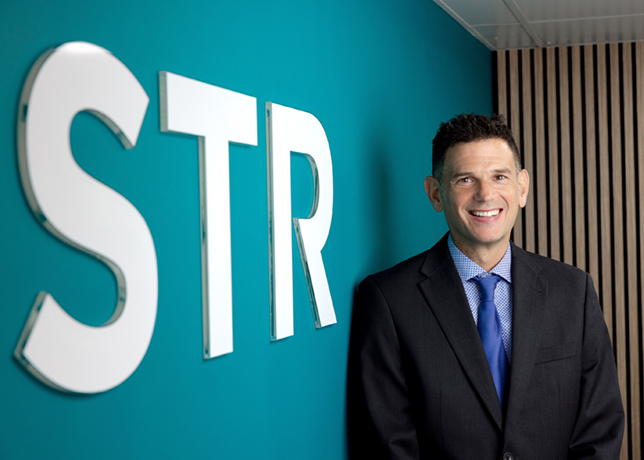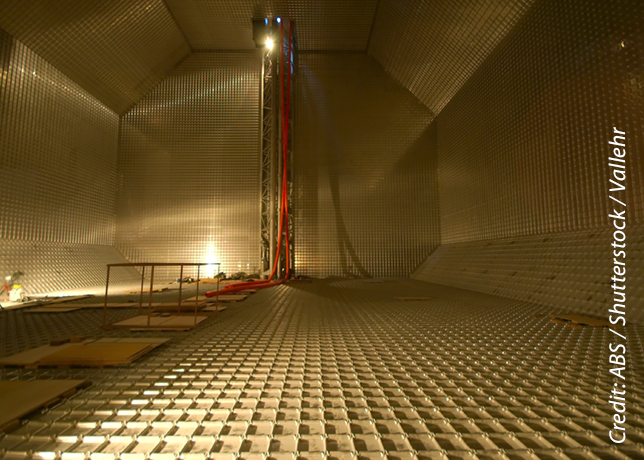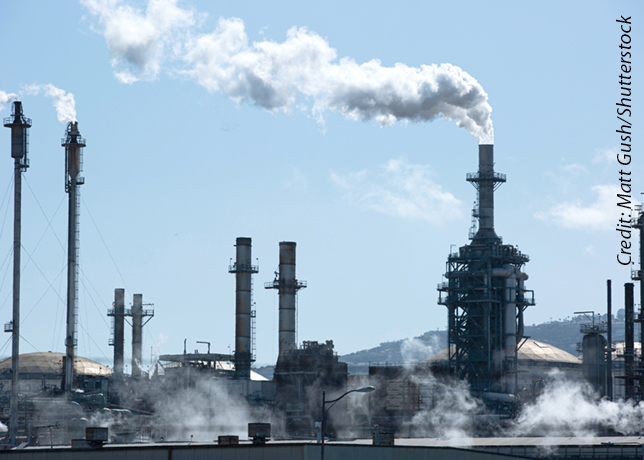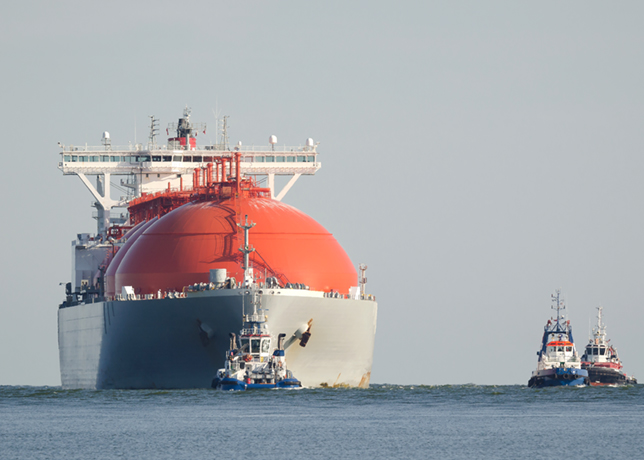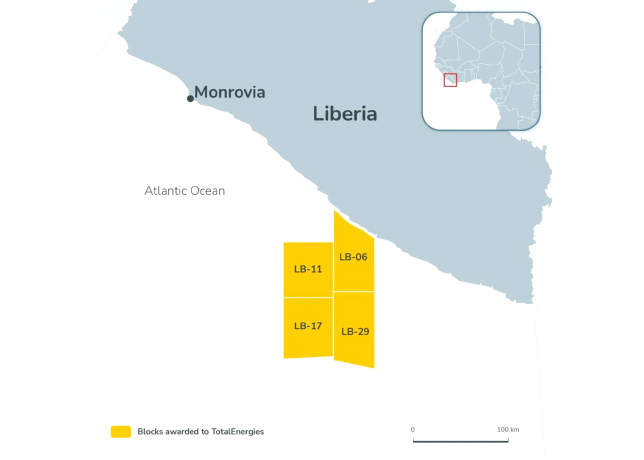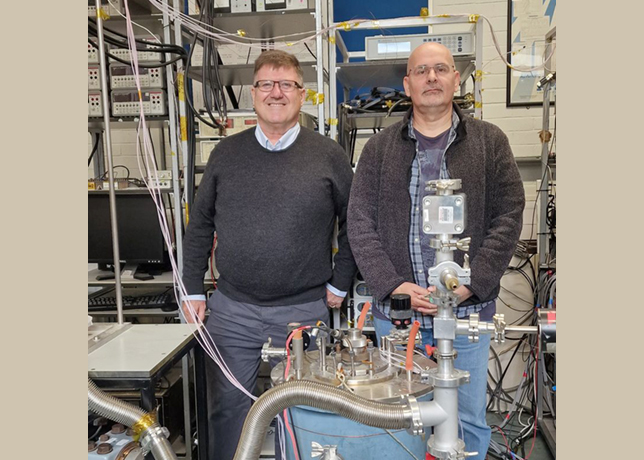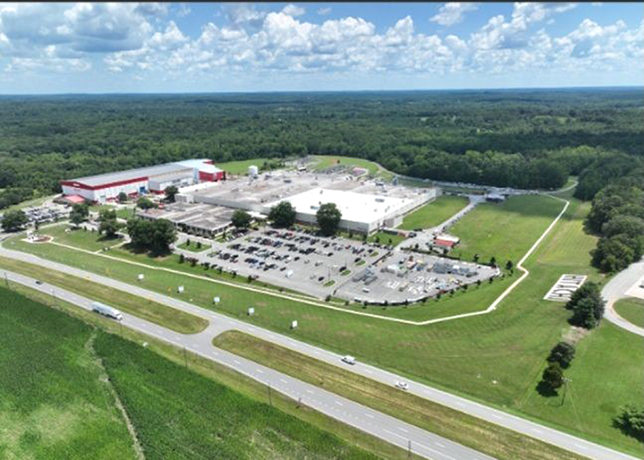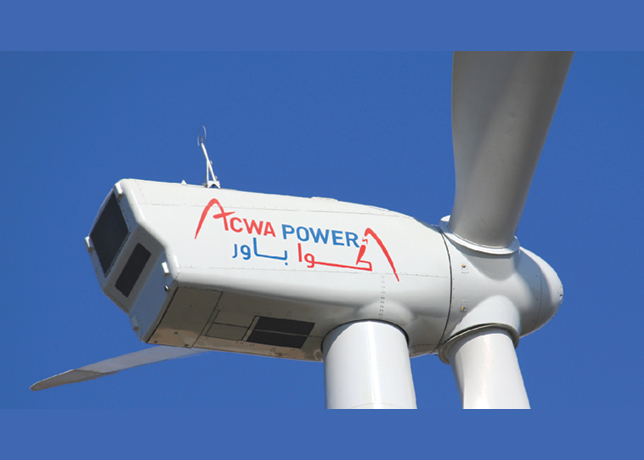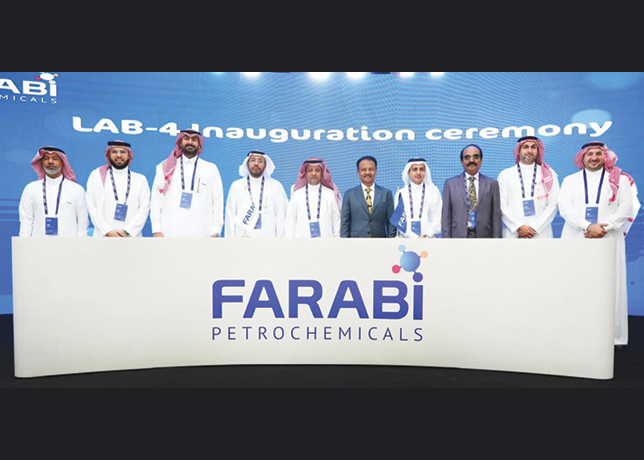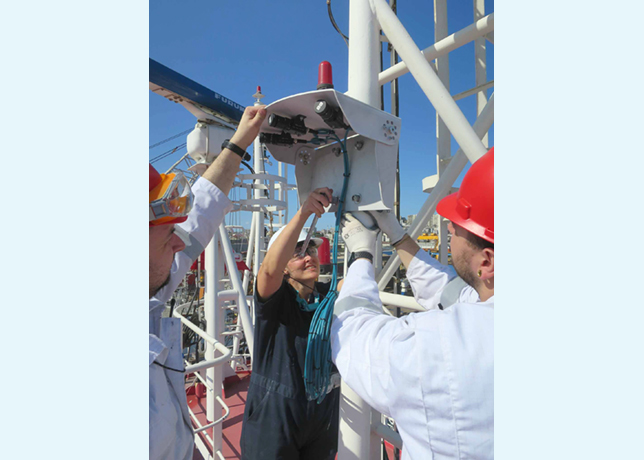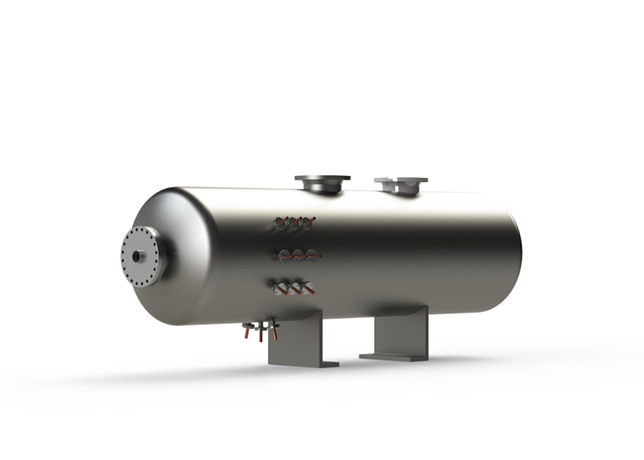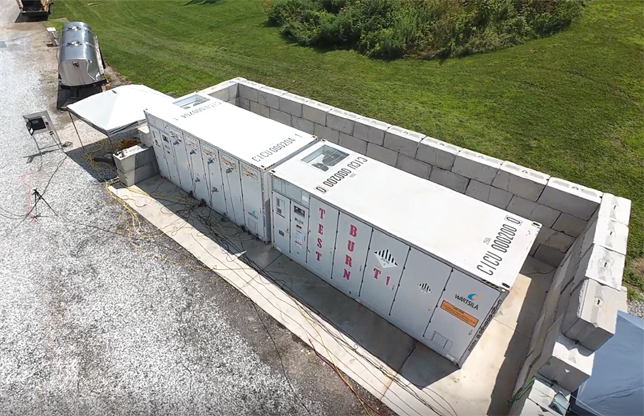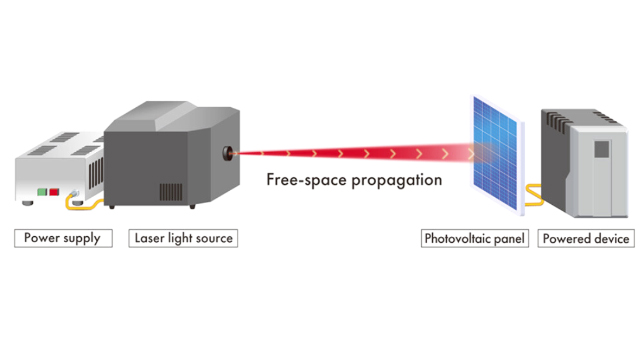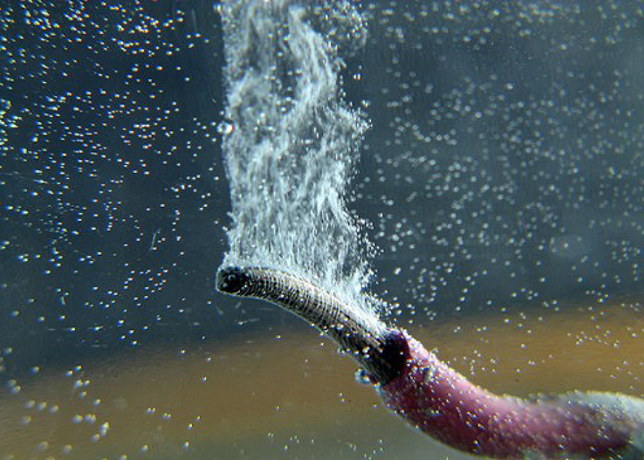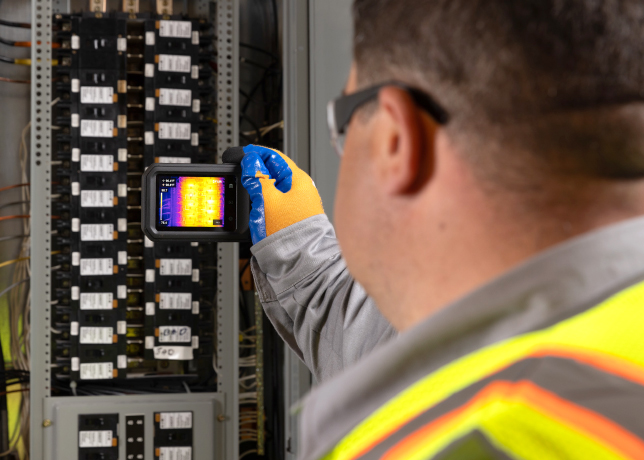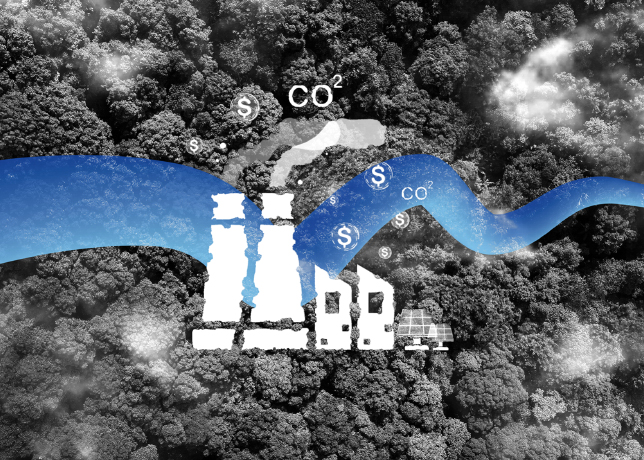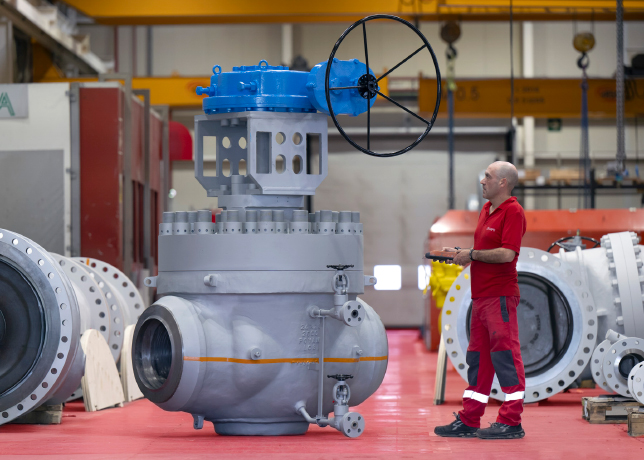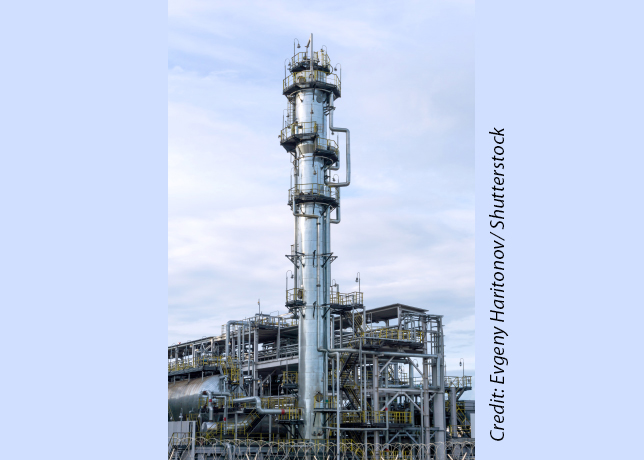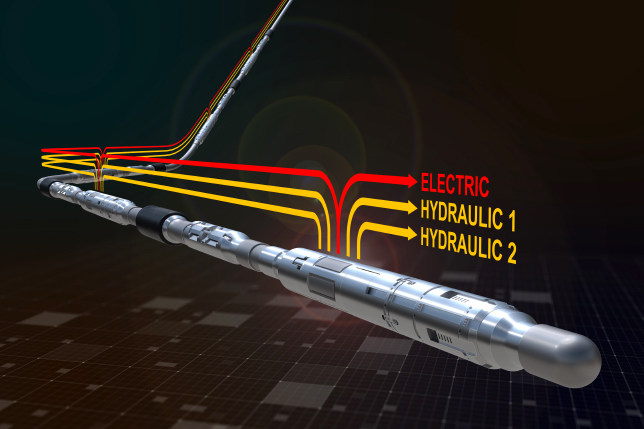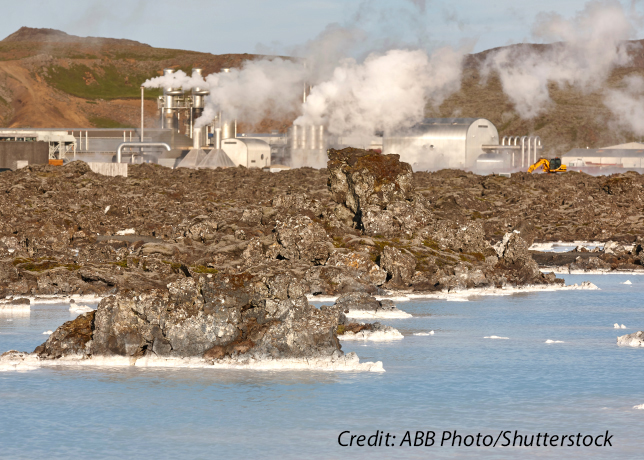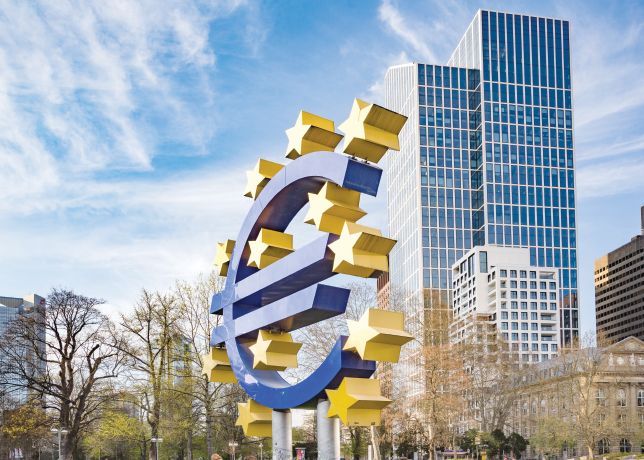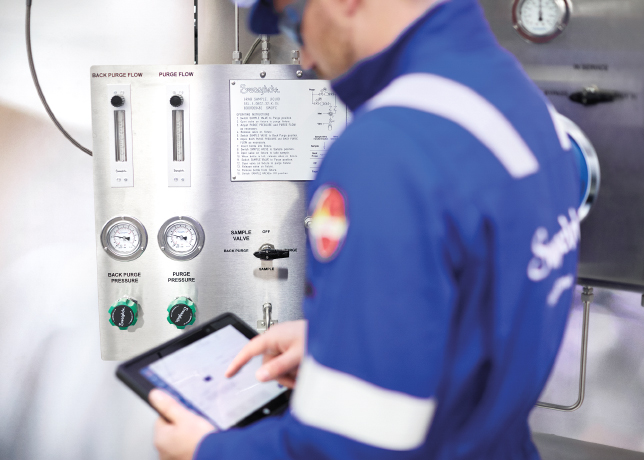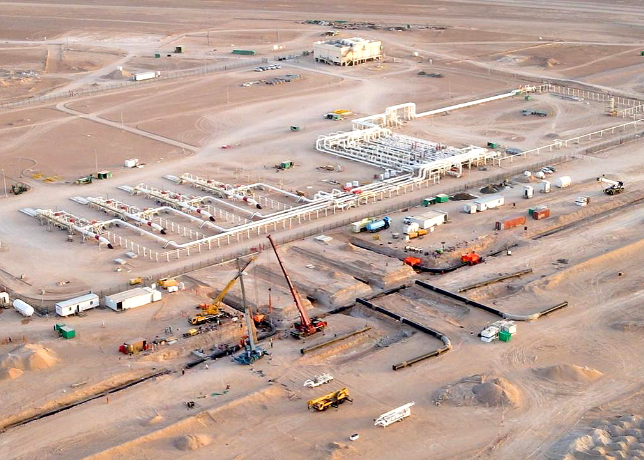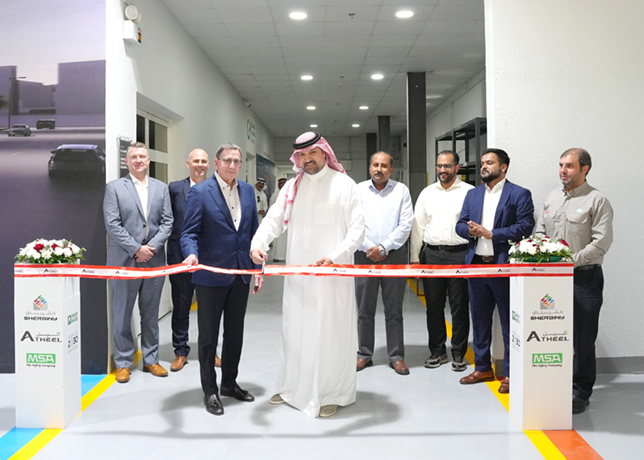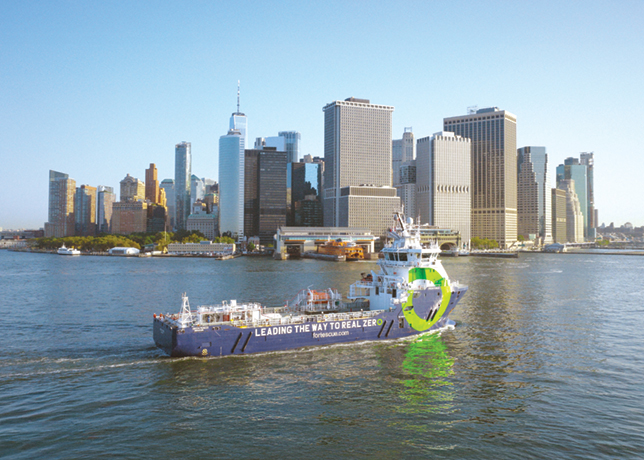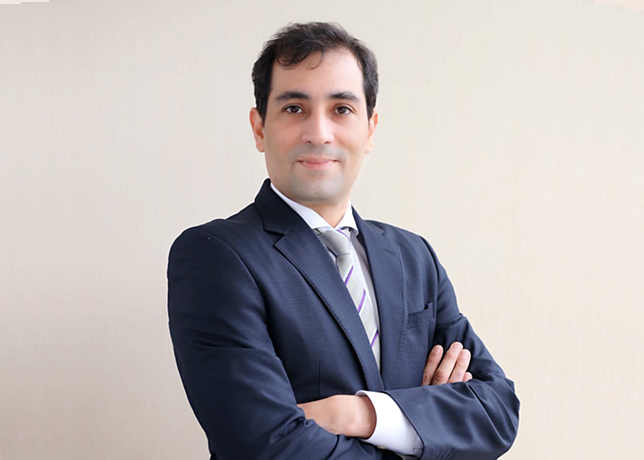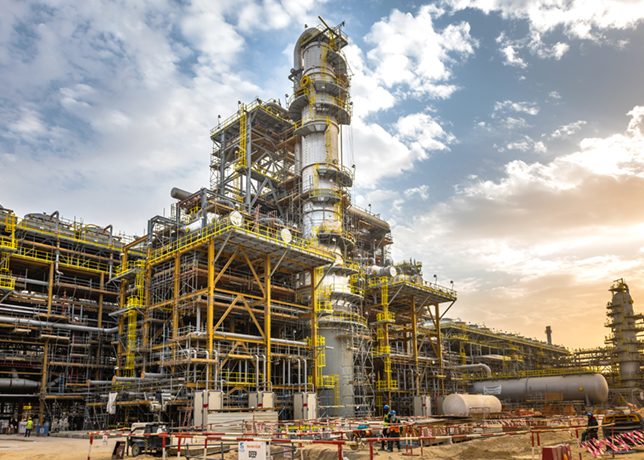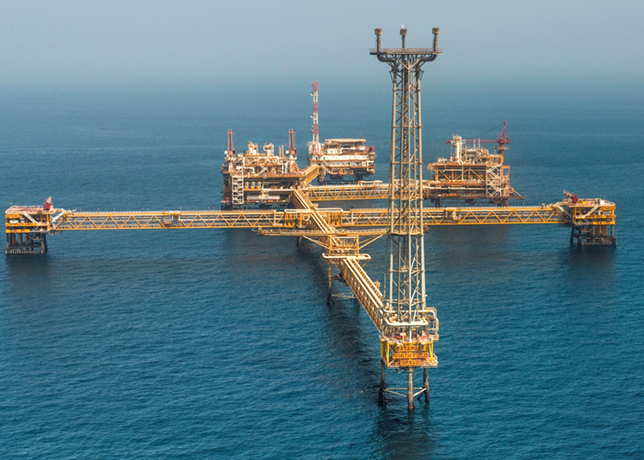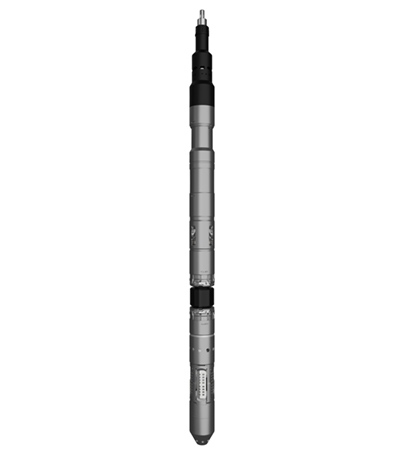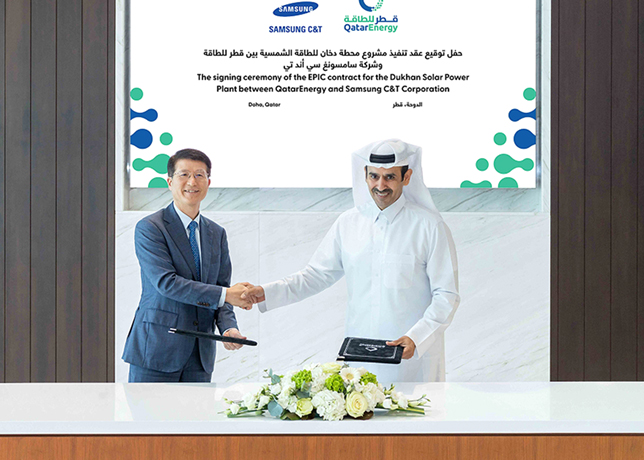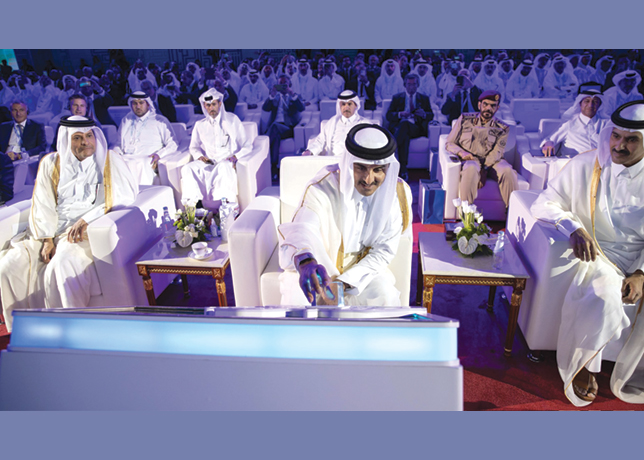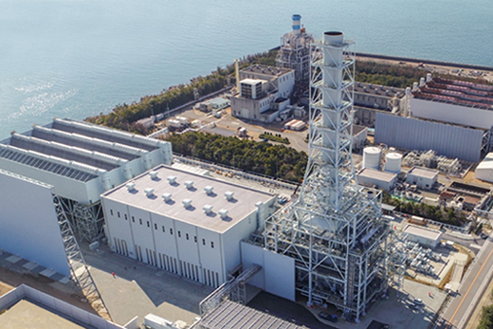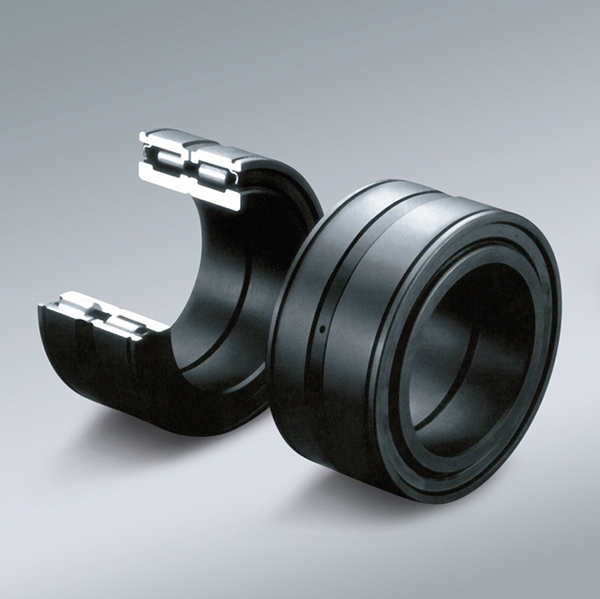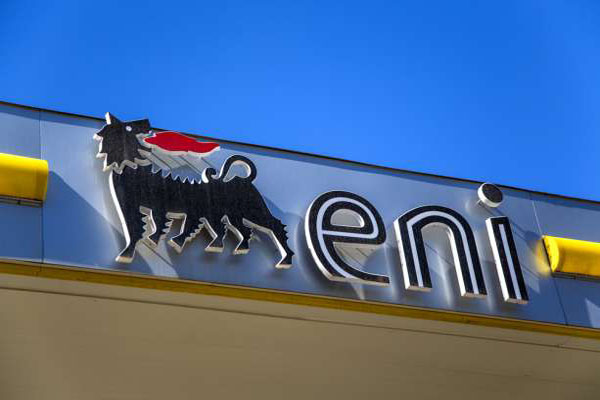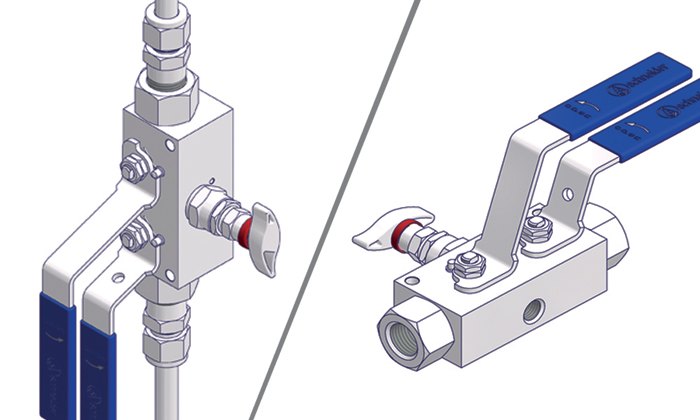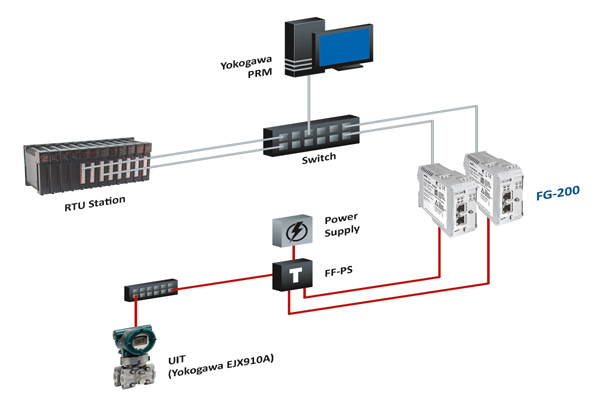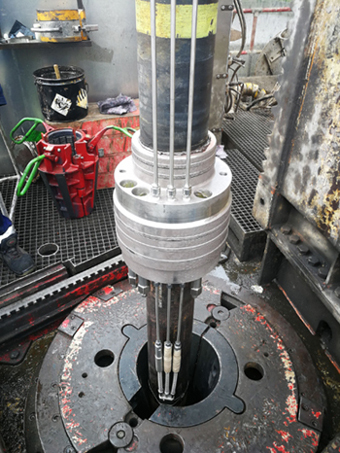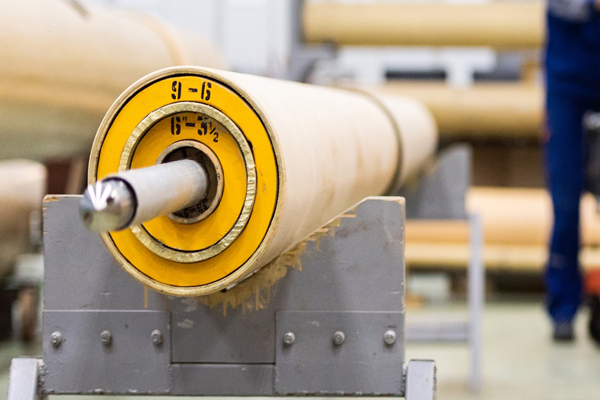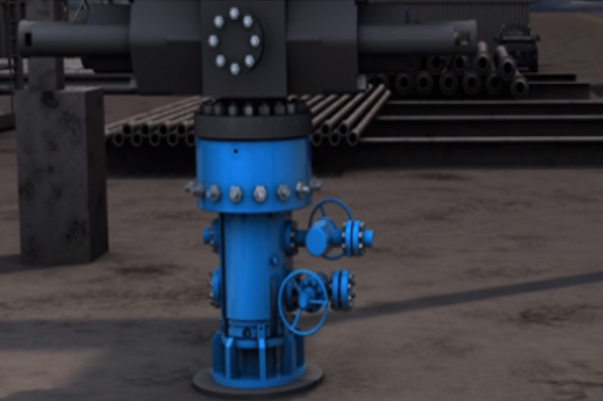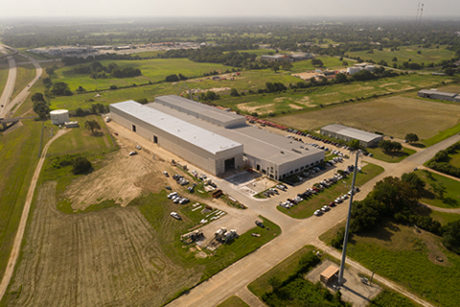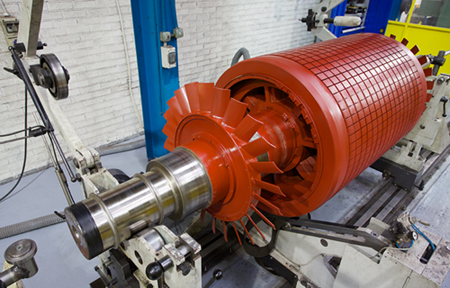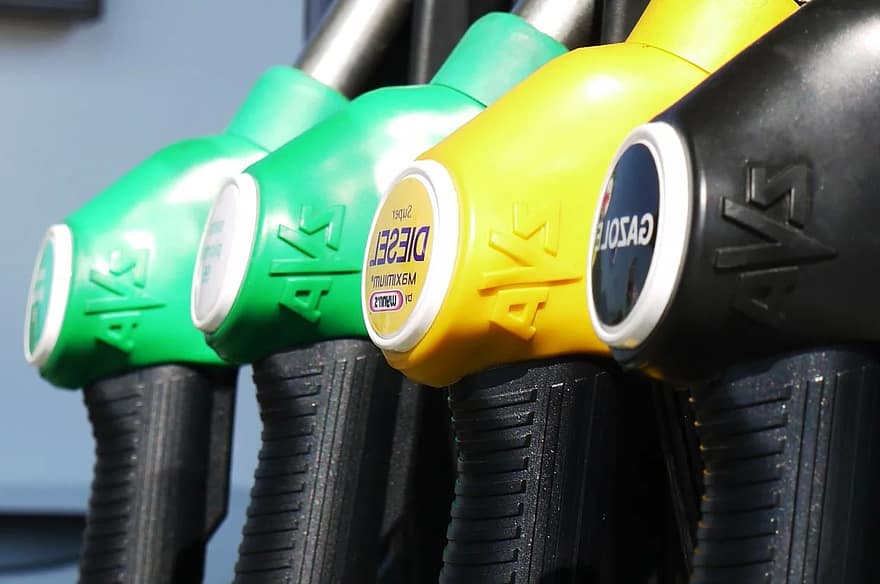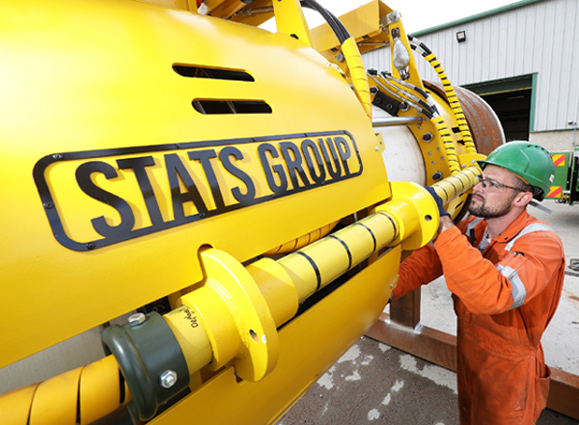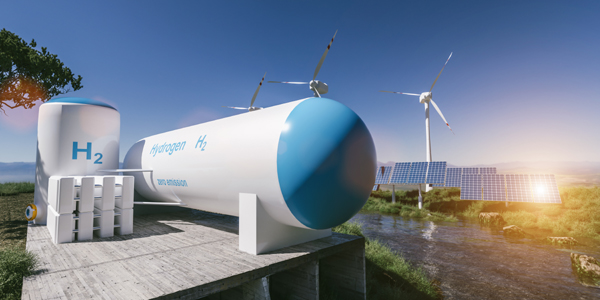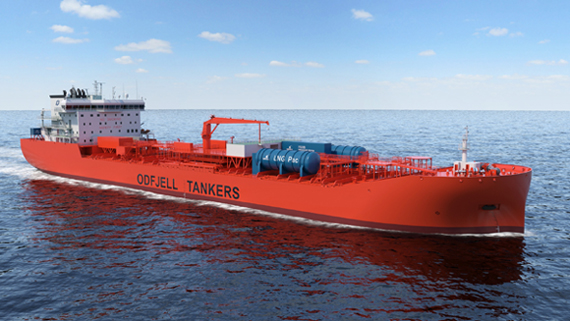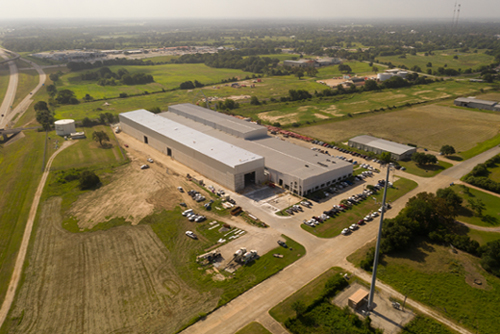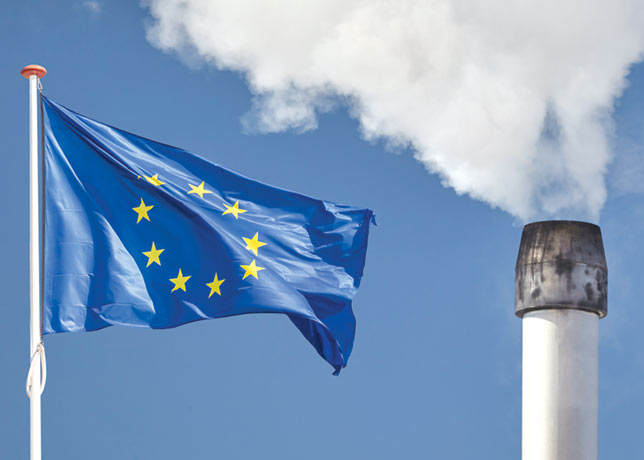
 The EU ETS cost society $43.62 billion that could have funded clean technologies
The EU ETS cost society $43.62 billion that could have funded clean technologies
Nearly 40 per cent of ETS revenues in the Innovation Fund went to carbon capture and storage/utilisation, potentially sidelining other crucial green solutions, Carbon Market Watch and WWF say in a joint report
In 2023, heavy industries, like steel and cement, under the EU Emissions Trading System (ETS) still received most of their pollution permits for free. Sometimes even more than they needed, effectively subsidising Europe's dirtiest businesses.
This is the conclusion of a new report by Carbon Market Watch and WWF.
This ‘wasteful’ and ‘inefficient’ policy cost society €40 billion ($43.62 billion) that could have funded clean technologies.
The report also reveals that nearly 40 per cent of ETS revenues in the Innovation Fund went to carbon capture and storage/utilisation, potentially sidelining other crucial green solutions.
Released a day before the European Commission’s unveiled its much-anticipated Clean Industrial Deal, the report reveals how heavy industry received a staggering €40 billion to pollute in 2023.
The rational approach would be to stop this now by phasing out free allowances and using the additional revenue to support investment in urgently needed decarbonisation of ETS sectors.
The true competitiveness and future of EU industry lies in rapid decarbonisation, targeted investments and scale up of green technologies, not in allowing major polluters to continue business as usual. A striking example is the steel sector, which remains one of the most polluting industries in the EU.
Yet, in 2023 alone, it received €11.3 billion worth in free allowances, enabling the sector to emit carbon at no cost to itself, while society bears the burden.
The report also examines how individual companies benefit from the current system.
Steel giant ArcelorMittal received over €3.8 billion in free permits to pollute in 2023 (around 140 per cent of its actual emissions), while cement producer Heidelberg received almost €2 billion, covering roughly 106 per cent of its pollution, the report said.
These companies, along with others, continue to pay nothing for their emissions, proving that the EU ETS still lets major polluters off the hook, and even to make money out of the system to boot, it said.
"Connecting the dots between public EU ETS data and company ownership makes it strikingly clear how the carbon market has worked for heavy industry over the past two decades: Rewarding those who pollute the most. Why are giants in the steel and cement industry receiving way more than they emit? Why do we still hand out freebies to activities like oil refining that have shown little to no progress in lowering their emissions?" says Lidia Tamellini, Expert on EU Industrial Decarbonisation at CarbonMarket Watch.
INNOVATION FUND: A FUNDAMENTAL PROBLEM?
Transitioning the EU’s energy-intensive industries to ensure they contribute their fair share to our net-zero future requires significant investment.
A stronger Innovation Fund, which supports innovative clean technologies, financed by an ETS that ensures polluters pay, could help drive these changes.
The report demonstrates how both a strong carbon price, and implementing the Carbon Border Adjustment Mechanism (CBAM) as it was originally conceived, are key to increasing the budget of the Innovation Fund.
To enable this, carbon pricing instruments, such as the ETS and CBAM, will need to be properly implemented and strengthened over time.
"Some are pushing to delay the CBAM by two years, but this would strip the EU Innovation Fund of around €20 billion—money that should be invested in making Europe’s industries greener and more competitive. In 2030 alone, about €9 billion would be lost to free pollution permits instead of supporting real industrial transformation. At a time when we need to speed up climate action, postponing CBAM would send the wrong signal, burden our industries with even more uncertainties and slow down much-needed change," says Camille Maury, Senior Policy Officer on Industrial Decarbonisation at WWF EU.
ONE-TRACK INNOVATION
Beyond insufficient revenue the Innovation Fund also suffers from too narrow a focus, the report reveals.
Much of its investment is directed towards carbon capture and storage (CCS) and carbon capture and utilisation (CCU).
Our analysis shows that out of €6.4 billion (the total budget of the Innovation Fund from 2020-2022), more than €2.5 billion, almost 40 per cent, went directly into financing CCS and CCU projects.
While CCS may well have a role in tackling truly unavoidable process emissions in targeted sectors, such as cement & lime, it is far from the only or indeed best solution for making deep emission cuts in the industrial sector.
"The EU’s Innovation Fund must be a driving force for energy-intensive industries with genuine plans to decarbonise. That also means prioritising solutions that expand clean energy, improve energy efficiency, and push industries towards sustainable production. If designed well, this fund can help Europe stay competitive in the global race for green technologies," concluded Maury.
Heavy industry is a crucial part of Europe’s economy, providing jobs and essential materials, but this comes at a heavy price in terms of emissions, which hurt the climate and public health.
Rather than writing heavy industry a new blank cheque, as some are suggesting, the vast financial support these industries already receive through the ETS and other instruments should be better directed and any new public funding must come with strict environmental and social conditions.
Industries benefiting from public money must commit to investing in real decarbonisation solutions and ensuring quality jobs for workers in the transition to a greener economy.
By Abdulaziz Khattak











